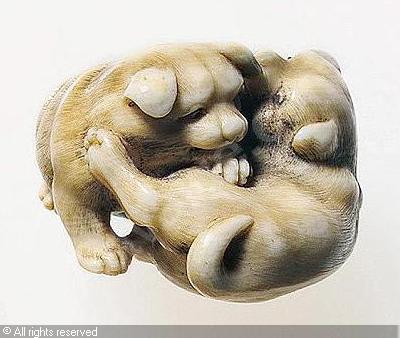Sibling rivalry is a key life challenge for most people. According to a new book, “The Sibling Rivalry Effect,” by Jeffrey Kruger, conflicts arise every 17 minutes between 3-7 year-olds and every 9.5 minutes between 2-4 year-olds: an impressive frequency. Such struggles often last a life-time, and sibling relationships tend to be more long-lasting than any other. So why don’t the pressures—if not tortures—of sibling rivalry come up more often as a subject of psycholocial study and artistic expression?
Perhaps it has something to do with the fascinating fact that in the two dozen volumes of Freud’s writings, he only mentions sibling rivalry five times. Turns out Freud was his mother’s favorite, the eldest of eight and the only one to have his own room and an oil lamp for reading at night. One might posit that he wanted so badly to be an only child that he left the whole category of siblings out of his work, as though wishing them away altogether. Since Freud set the agenda for much of the psychoanalytic focus of the last hundred plus years, it’s no small wonder that the subject has taken a back seat in our cultural consciousness. But perhaps sibling rivalry’s time has come. There are four new books on the subject:
The Sibling Rivalry Effect: What the Bonds Among Brothers and Sisters Reveal About Us, by Jeffrey Kluger, who reviews the latest research and reports that “siblings are the boot camp of socialization.”
Born to Rebel: Birth Order, Family Dynamics, and Creative Lives, by Frank J. Sulloway. who offers fascinating stats on the effect of birth order on character, success in life, and likelihood of leading a revolution.
Cain’s Legacy: Liberating Siblings from a Lifetime of Rage, Shame, Secrecy, and Regret, by Jeanne Safer, a psychotherapist, who reviews iconic instances of siblings in literature and through interviews observes siblings’ tendency to regress in one another’s presence and recapitulate age-old animosities.
More Than Kin and Less than Kind: the Evolution of Family Conflict, by Douglas Mock, who explains animal adaptations to there being more offspring than can survive in the wild.
In an exchange I had with Dr. Safer, I asked if the explanation for the avoidance of the topic could be as simple as people who resented their siblings wanting to put them out of their minds, to banish them from consciousness? I described my husband’s twin brother, Bruce, with whom he does not get along. On Bruce’s bureau is a veritable shrine to their parents, multiple pictures of the pair through the many years of their marriage. Occasionally Bruce appears with them but never my husband. Someone not knowing there were three other children in the family would see the photos and think Bruce was an only child. A person who spent his childhood wishing his sibling would disappear might take advantage, as an adult, of having the means to make it happen, at least in his consciousness. I asked if Freud were to blame for not shining his light on the subject.
In response, she wrote, in part, “…It is an astonishing absence in psychoanalysis, which sees childhood and family experience as so fundamental to adult life. A panel I organized on siblings in 2003 for the Division of Psychoanalysis of The American Psychological Assn was the first it held in its 25-year history. You are right that Freud is partly to blame–he was the eldest of 8, never forgave the rest (all sisters except for a brother who died in infancy and over whose death Sigmund felt unbearable guilt) for being born to his adored mother–and as a result had problems with peers and colleagues his entire life.”
Perhaps the mysterious absence of the topic is not so mysterious, after all.
Now that research on the subject is more common, it will be interesting to see if the subject comes up more in films and novels. Here is a list of the few films I can think of that address the subject of sibling rivalry:
 East of Eden: 1955, a wonderful Elia Kazan film partially based on the Steinbeck novel of the same name, starring James Dean in his first major role.
East of Eden: 1955, a wonderful Elia Kazan film partially based on the Steinbeck novel of the same name, starring James Dean in his first major role.
True West: an excellent made-for-TV film of Sam Shepard’s play for which John Malkovich won an Obie.
Adaptation: a 2002 screwball movie by Spike Jonze, with Nicolas Cage playing two irritating twins.
What Ever Happened to Baby Jane: Robert Aldrich’s 1962 cult-kitsch-trashy horror melodrama starring Bette Davis and Joan Crawford, if you can stand it.
The Godfather: Though the rivalry between Fredo and Michael Corleone is a minor theme of Copolla’s 1972 masterpiece, it’s a good excuse to see it again.
Tiny Furniture: Lina Dunham’s wonderful (to me), 2010, quirky cinematic memoir, in which the confused, lumpen narrator/movie-maker has to deal with, in addition to everything else, a thinner, more successful younger sister.


Leave a Reply